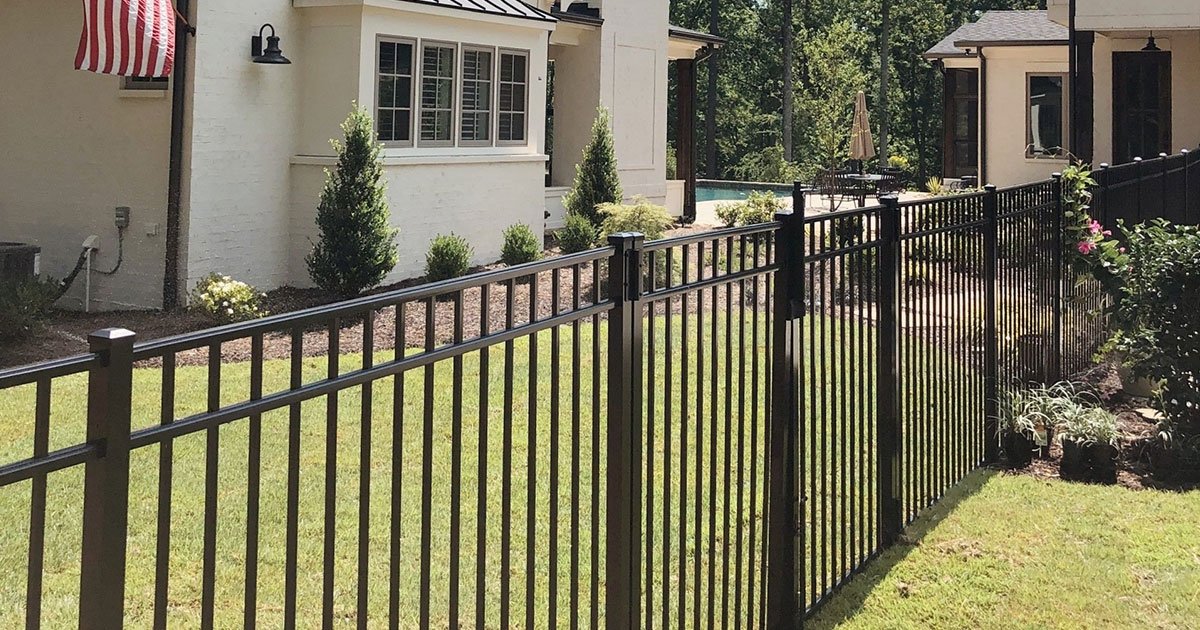All Categories
Featured

Acknowledging the signs that your fence needs to be replaced can aid you stay clear of additional damage and maintain the safety and security and appearance of your home. Here are some key indications that it's time to replace your fencing.

- Visible Damages or Damage
Among the most apparent signs that your fencing needs to be changed is visible damage. Whether it's from weathering, accidents, or insects, any type of major splits, splintering, or missing boards can substantially reduce the structural stability of your fence. Changing the entire fence might be a lot more affordable in the lengthy run. if the damages is extensive and goes beyond just a couple of repair services.
- Leaning or Sagging
A sagging or leaning fencing is a clear indicator of a problem. In time, the rails and posts can move because of dampness, deteriorating, or inadequate setup. If your fencing is no more standing right or leaning at an angle, it's a good indicator that the foundation is endangered, which may need a complete replacement. Also if the fence shows up to be leaning a little, it could be an indication of underlying architectural issues that might intensify with time.
- Rotting or Decaying Wood

Wood fences are specifically susceptible to rot and decay, specifically in locations that experience high levels of wetness or moisture. If you observe that parts of your wooden fence are soft, stained, or have noticeable mold and mildew, these are all signs of rot. Left untreated, decaying wood can bring about a weak fence that might eventually break down. In many cases, sections can be replaced, yet if the damage prevails, a complete substitute may be required.
- Corrosion and Corrosion (For Metal Fencings)
If you have a metal fencing, deterioration and rust are typical indicators of wear and tear,. Over time, exposure to snow, rain, and humidity can cause metal fences to create corrosion areas, which can damage the structure and spread. While minor rusting can sometimes be fixed, comprehensive rusting or deterioration might make the fence dangerous and necessitate a full replacement. If you observe any considerable weakening or huge areas of corrosion, it may be time to take into consideration changing your metal fencing.
- Fencing No Longer Fulfills Your Demands
One more reason to change your fencing can be that it no longer serves its designated objective. Over time, your needs might change-- probably you need a greater fencing for even more privacy or a stronger one for raised security. If your fencing no much longer fulfills your needs or does not line up with your existing preferences, it may be time to upgrade to a new, much more useful layout.
- Fading and Staining
While fading and staining are usually cosmetic problems, they can still show that your fence is aging. Exposure to UV rays and extreme weather condition can create fences to lose their initial shade, making them look plain and used. If the fading is extensive and you've already tried discoloring the fence and cleaning up, it may be time to change it to restore the appearance of your building.
- Frequent Repair Services
If you locate on your own regularly repairing your fencing, maybe an indication that the fencing is nearing the end of its lifespan. While minor repair services can prolong the life of a fence, regular repairs might suggest that the framework is no more stable. In this case, it might be a lot more cost-efficient to change the whole fencing instead of continuing to buy fixings.
Verdict
Changing a fencing is a significant financial investment, but it is important for preserving the personal privacy, safety, and aesthetic appeal of your residential property. If your fencing is revealing signs of damages, rot, leaning, or various other structural problems, it's vital to analyze whether a substitute is required. By recognizing these caution indicators early on, you can make educated choices about when to replace your fencing, guaranteeing your residential property remains safe and secure and visually appealing for years to find.
Latest Posts
NAPA AutoCare Certified: Rely on Montclare Auto Repair for Top-Tier Repairs
Published Apr 20, 25
2 min read
Montclare Auto Repair: The Trusted Choice for Dependable Repair Solutions
Published Apr 20, 25
2 min read
Comprehensive Auto Care at Montclare Auto Repair - See Our Offerings
Published Apr 20, 25
2 min read
More
Latest Posts
NAPA AutoCare Certified: Rely on Montclare Auto Repair for Top-Tier Repairs
Published Apr 20, 25
2 min read
Montclare Auto Repair: The Trusted Choice for Dependable Repair Solutions
Published Apr 20, 25
2 min read
Comprehensive Auto Care at Montclare Auto Repair - See Our Offerings
Published Apr 20, 25
2 min read